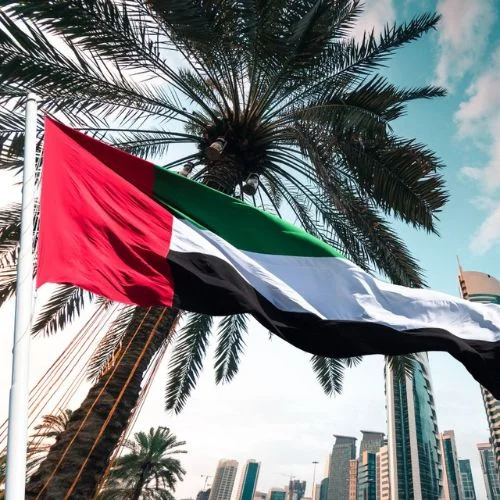GJEPC said on Friday that total gem and jewelry exports fell 4.52 percent year on year in November to Rs 19,018.180 crore (USD 2,263.34 million).
According to statistics from the Gem and Jewellery Export Promotion Council (GJEPC), exports amounted to Rs 19,917.73 crore (USD 2437.53 million) in November 2022.
”The drop in shipments has been reduced to 4.52 percent. Gem and jewelry shipments increased in November, owing mostly to supply difficulties.
“The industry in India has advised the industry to halt rough diamond imports from October 15 to December 15 due to geopolitical difficulties and a lack of demand. This interruption, along with festive demand, has revitalized the demand environment, increasing exports,” GJEPC chairman Vipul Shah told PTI.
He stated that the sector expects things to improve in the future and that exports in FY24 would be higher than in the previous fiscal year.
Meanwhile, total CPD exports fell 9.65 percent in November to Rs 9,217.88 crore (USD 1,100.09 million), compared to Rs 10,202.54 crore (USD 1,248.41 million) in the same month the previous year.
Total gold jewelry exports increased by 9.2 percent in November to Rs 6,724.95 crore (USD 797.45 million) from Rs 6,158.56 crore (USD 753.5 million) the previous year.
Exports of polished-grown diamonds fell 20.12% year on year to Rs 7,783.24 crore (USD 941.1 million) from Rs 9,743.28 crore (USD 1,227.77 million) in the previous quarter.
Demand is influenced by rising prices. Anecdotal data indicates that despite the busy wedding season, sales have decreased from previous years. Since the busiest holiday season, jewelry sales volumes seem to have suffered and shop foot traffic has allegedly decreased (Diwali).
There are rumors that the high cost of gold has also reduced jewelers’ desire to increase their stock. It seems that most people are avoiding discretionary expenditures apart from purchasing gold for wedding-related requirements. Additionally, the recycling of jewelry has increased, which may limit imports. The market’s price discount and the decreased amount of imports highlight the decline in physical demand
According to econometric research, India’s demand for gold is mostly driven by price and income over the long run. Although growing income (measured by GDP) is positive for the demand for gold, prices usually drive that demand down.
The model indicates that a 1% rise in income leads to a 0.9% increase in demand in the absence of exogenous shocks. Concurrently, a 1% rise in price results in a 0.4% decrease in demand. Price may have a more immediate impact than income since it tends to change more than income in the near term, even if price elasticity is lower.















